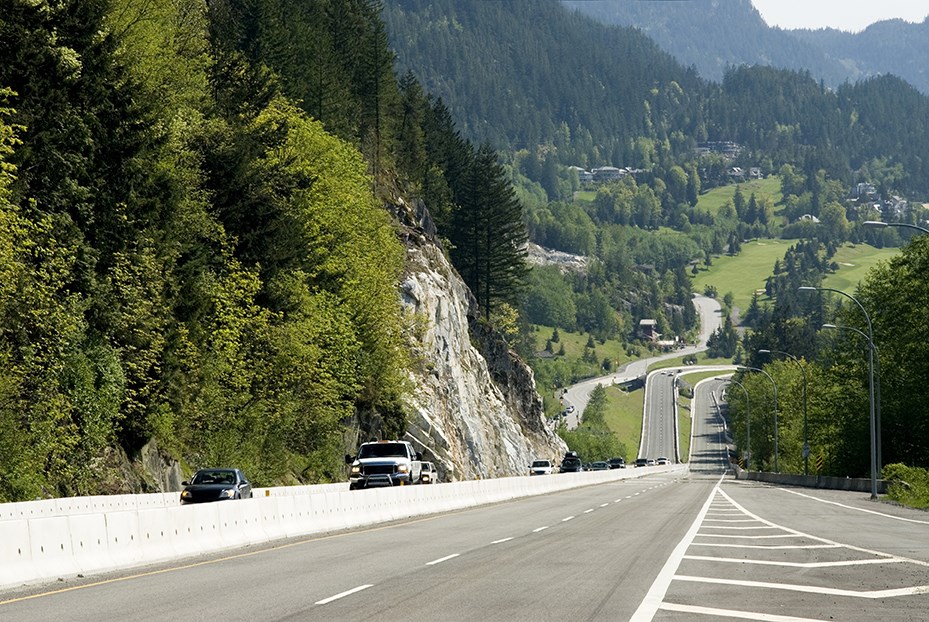During a recent meeting, District staff informed council that vehicles are responsible for over 50% of our carbon footprint. A climate leadership team has been assigned the task of recommending “bold actions” to dramatically roll back CO2 emissions by 2030 and the municipality’s sustainability co-ordinator is actively addressing the issue.
While those initiatives are commendable, the unvarnished truth is in the here and now we’re heading in the opposite direction.
At the same time as District officials scramble to climb aboard the rapidly accelerating climate emergency express, they will be hard-pressed to curb CO2 emissions over the next decade.
Between 5,000 and 10,000 new residential units are in the works.
Motorized construction equipment and numerous heavy trucks are required in the building process. Once those structures are complete, the majority of occupants will depend on their internal combustion-powered vehicles because the community is so spread out, and many wage earners commute to work locally, or out of town. All of which ups the CO2 ante considerably.
Also, this “Hardwired for Adventure” hub is hooked on the avails of tourism. The Sea to Sky Gondola is one of the cornerstones of that sector with the pending Newport Beach development, the Squamish Canyon experience and the massive Garibaldi at Squamish four seasons resort all waiting in the wings. Most visitors to those sites, as well as the flood of outdoor rec enthusiasts who mountain bike, hike, backcountry ski or windsurf, will depend on hydrocarbon-fueled conveyances to get here. So will the throng of attendees at the Squamish Days Loggers Sports event, the Squamish Constellation Festival and the Squamish Beer Festival.
The 2019 Global Carbon Budget produced by 76 scientists from 57 research institutions in 15 countries revealed that global CO2 emissions from fossil fuels and industry reached a record level of almost 37 billion tonnes in 2018. Canadians are the highest per-capita users of energy, with emissions from both the transportation sector and buildings four times the G20 average. Canada’s plan to meet its greenhouse-gas emission targets is among the worst in the G20, according to a new report on climate action published by Climate Transparency, a watchdog agency.
The International Energy Agency, says Canada boasts the largest market share of light trucks globally, a segment that also includes SUVs. Those vehicles average the highest fuel consumption and carbon dioxide emissions relative to other passenger vehicles.
Even with the considerable investment in electric vehicle production by all the major auto manufacturers, the replacement window for the existing internal combustion fleet is at least two decades down the road. In the meantime, the worldwide CO2 affront will continue.
As pessimistic as it sounds, despite the determined efforts to launch a viable carbon footprint reduction strategy, for the foreseeable future Squamish is shaping up to be a microcosm of that disturbing global scenario.



